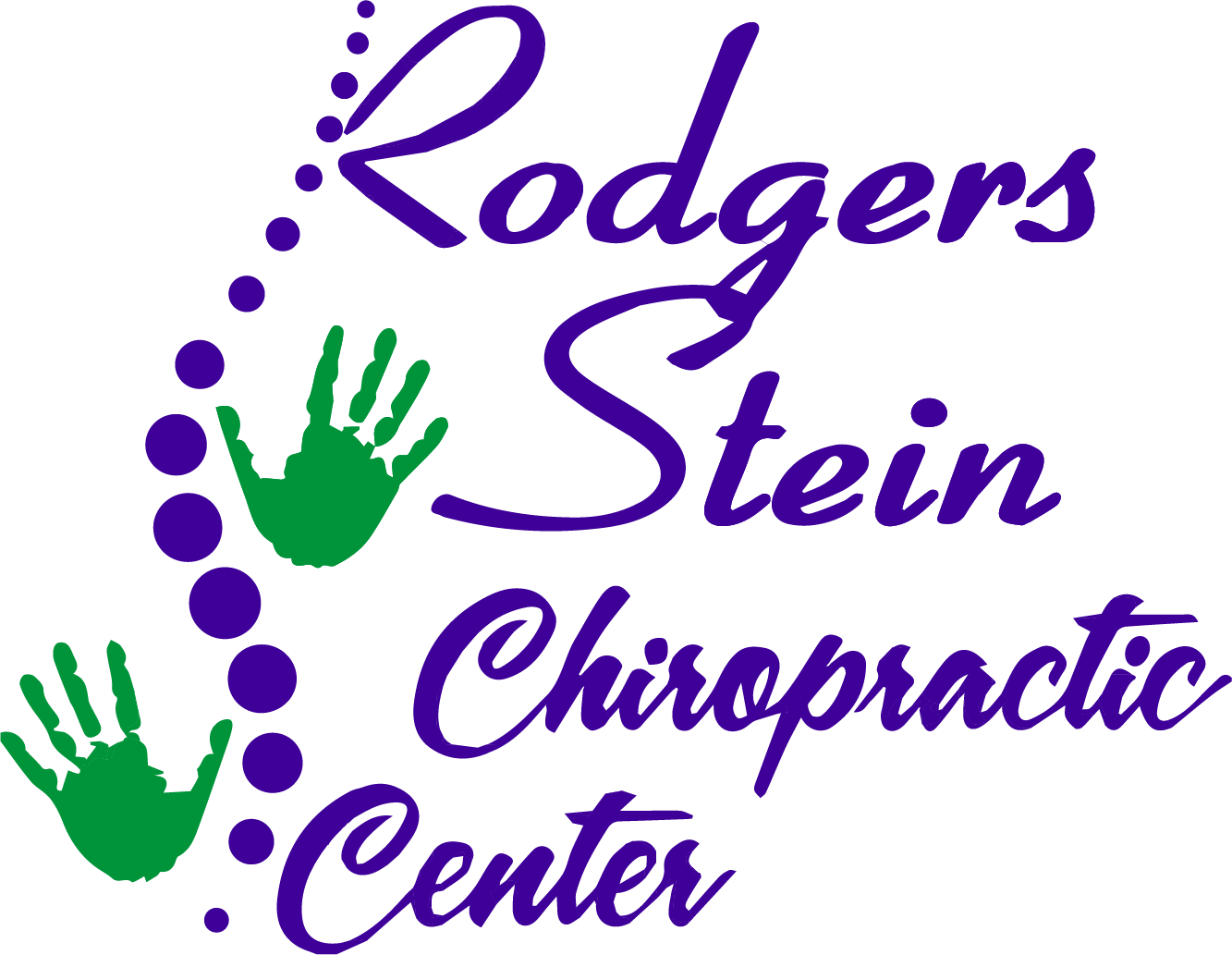If you're struggling with chronic pain, understanding how chiropractic care can help might be a key step in finding relief. You'll want to start by identifying your pain triggers and addressing your posture, as these factors can greatly influence your discomfort. Incorporating regular stretching can also be beneficial, but that's just the beginning. There are various chiropractic techniques that could enhance your mobility, and a thorough wellness plan is essential. Curious about how to effectively integrate these tips into your daily routine?
Understand Your Pain Triggers
Understanding your pain triggers is essential for managing chronic discomfort effectively. You mightn't realize how various factors can contribute to your pain until you take the time to identify them. Start by keeping a detailed pain diary. Note when your pain intensifies, what activities you were engaged in, and any emotional states you experienced. This record helps you pinpoint patterns and specific triggers.
Look closely at your daily routine. Are there certain movements or positions that aggravate your discomfort? Sometimes, it's something as simple as repetitive motions or prolonged sitting that can set off your pain. You may find that stress plays a significant role too. Emotional strain can manifest physically, so recognize how your feelings might correlate with your pain levels.
Don't forget about your environment, either. Factors like poor lighting, noise levels, or uncomfortable seating can exacerbate your discomfort. Pay attention to how these elements affect you throughout the day.
Once you've identified your triggers, you can take proactive steps to avoid or manage them. For example, if you notice that certain activities lead to increased pain, consider modifying those activities or incorporating breaks.
Communicate your findings with your chiropractor; they can offer tailored advice and treatment options that align with your specific triggers.
Maintain Proper Posture
Maintaining proper posture is essential for alleviating chronic pain and preventing further discomfort. When you sit, stand, or move with correct alignment, you reduce unnecessary strain on your muscles and joints. This can considerably ease pain associated with conditions like backaches, neck pain, and headaches.
Start by being mindful of your body alignment. When sitting, keep your feet flat on the ground and your knees at a right angle. Your back should be straight against the chair, and your shoulders relaxed. If you're at a desk, position your computer screen at eye level to avoid slouching or craning your neck forward.
When standing, distribute your weight evenly on both feet. Your head should be aligned over your shoulders, and your shoulders should be aligned over your hips. Avoid locking your knees, as this can lead to tension. Engaging your core muscles can help support your lower back, providing stability and reducing pain.
It's also important to be conscious of your posture while walking. Keep your chin up and shoulders back, allowing your arms to swing naturally. This simple adjustment helps maintain balance and reduces the risk of injury.
Lastly, consider using supportive furniture or tools, like ergonomic chairs or lumbar supports, to encourage good posture. By incorporating these practices into your daily routine, you can create a healthier posture that contributes to chronic pain relief and enhances your overall well-being.
Incorporate Regular Stretching
Incorporating regular stretching into your daily routine can greatly enhance your flexibility and reduce chronic pain. Stretching helps to loosen tight muscles, improve circulation, and increase your range of motion, all of which can contribute to a significant decrease in discomfort. If you've been struggling with chronic pain, adding a few minutes of stretching each day can make a noticeable difference.
Start by identifying areas where you feel the most tension. Focus on these muscle groups during your stretching routine. For instance, if you often experience lower back pain, incorporate stretches that target your hamstrings and hip flexors. Gentle movements like pelvic tilts and seated forward bends can alleviate tightness and improve your overall comfort.
It's essential to approach stretching mindfully. Don't rush through your stretches; hold each position for 15 to 30 seconds and breathe deeply. This not only helps to enhance your flexibility but also promotes relaxation, which is vital for managing pain. Aim to stretch at least three to four times a week, or even daily if possible.
Consider integrating stretching into your morning or evening routine. You could also take brief stretching breaks throughout your day, particularly if you sit for long periods.
Explore Chiropractic Techniques
When it comes to managing chronic pain, exploring various chiropractic techniques can offer significant relief. Chiropractors use a range of methods tailored to your specific needs, making it essential to understand what's available.
One popular technique is spinal manipulation, where the chiropractor applies controlled force to your joints. This can help improve mobility, reduce pain, and restore proper alignment. You may find that this technique not only alleviates discomfort but also enhances your overall well-being.
Another effective method is soft tissue therapy. This technique focuses on relieving tension in muscles, fascia, and ligaments. By using techniques like massage and stretching, your chiropractor can help reduce muscle tightness and improve circulation, which can be particularly beneficial for chronic pain sufferers.
You might also consider instrument-assisted adjustments. This technique involves using specialized tools to apply pressure to specific areas, which can be less invasive and more comfortable than traditional manipulation. It's particularly useful for those who may be hesitant about manual adjustments.
Lastly, some chiropractors incorporate therapeutic exercises into their treatment plans. By teaching you specific movements and stretches, they empower you to take an active role in your recovery. These exercises can strengthen your muscles and improve your range of motion, ultimately reducing pain.
Commit to a Wellness Plan
A solid commitment to a wellness plan can greatly enhance your journey toward chronic pain relief. When you take charge of your health, you set the stage for long-term improvements. A wellness plan typically includes chiropractic adjustments, exercise, nutrition, and lifestyle changes, all tailored to your unique needs.
Start by scheduling regular chiropractic visits. Consistency is key, as these adjustments help align your spine and improve your overall function. Work closely with your chiropractor to develop a plan that addresses your specific pain points and mobility issues. They can guide you on how often you should come in for adjustments, ensuring that you're getting the most benefit.
Incorporate physical activity into your routine. Exercise not only strengthens your muscles but also releases endorphins, which are natural pain relievers. Aim for low-impact activities like swimming, walking, or yoga, as these can be easier on your joints while still providing significant benefits.
Don't overlook the importance of nutrition in your wellness plan. Eating a balanced diet rich in anti-inflammatory foods can help reduce pain levels. Consider incorporating fruits, vegetables, whole grains, and healthy fats into your meals. Staying hydrated is also essential for maintaining overall health.
Finally, be open to making lifestyle changes. Stress management techniques, such as mindfulness or meditation, can also play an important role in reducing chronic pain.
Conclusion
By understanding your pain triggers and maintaining proper posture, you can greatly reduce discomfort. Incorporating regular stretching and exploring various chiropractic techniques will enhance your mobility and overall well-being. Committing to a thorough wellness plan that includes consistent chiropractic visits, low-impact exercises, a balanced diet, and effective stress management is essential for long-term relief. Embrace these tips, and take charge of your chronic pain journey for a healthier, happier life.



